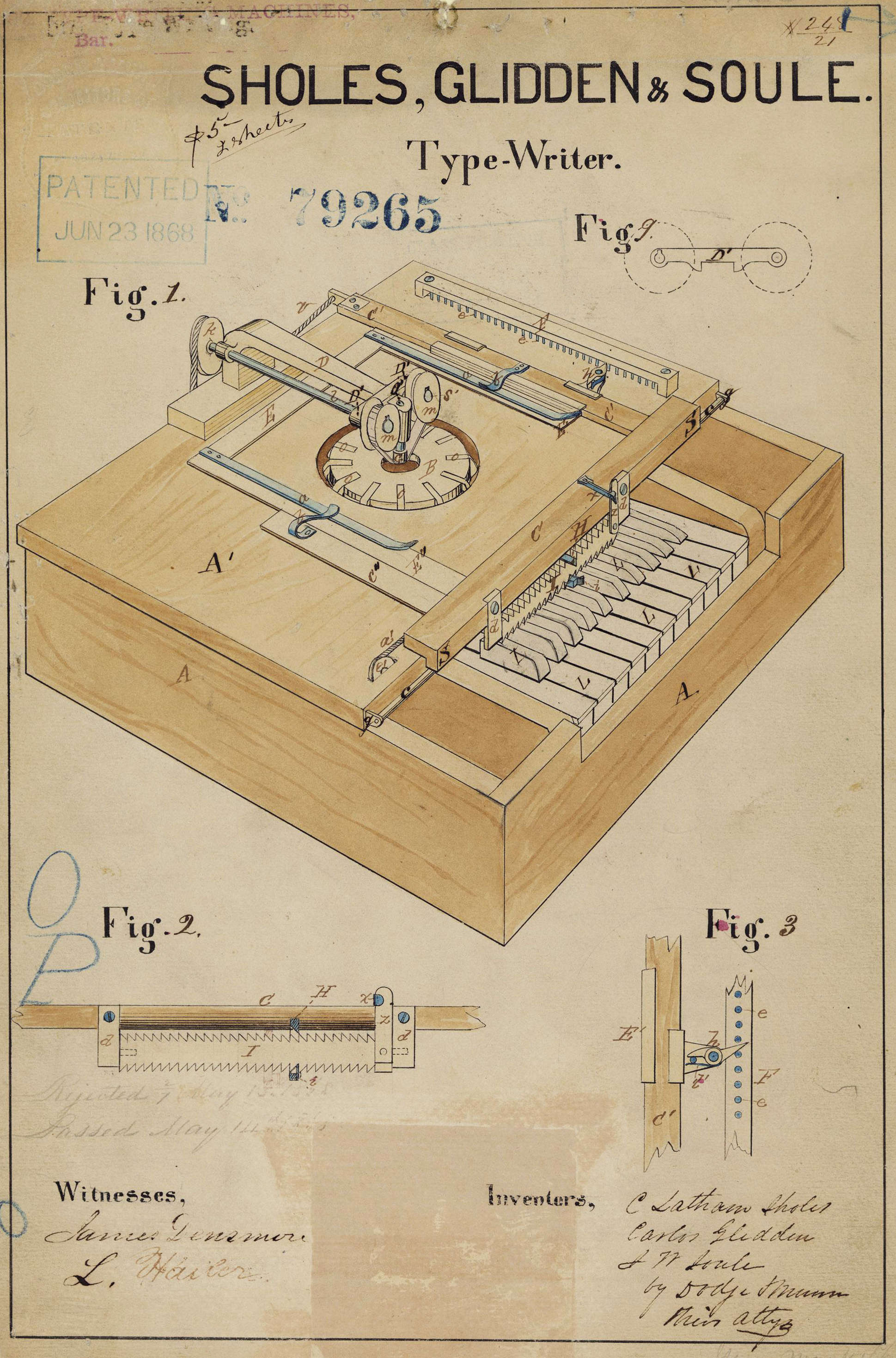Typewriter is a machine that prints letters and figures on paper. For more than 100 years, people in homes and offices throughout the world used typewriters to write rapidly and neatly. By the late 1900’s, however, personal computers with word-processing programs had replaced typewriters almost entirely. Such machines can perform many useful functions that typewriters cannot perform.
Kinds of typewriters.
There are three basic kinds of typewriters, manual, electric, and electronic. A manual typewriter operates entirely by the power supplied by the typist’s hands. An electric typewriter has an electric motor to provide power. As a result, it requires less effort from the typist.
Electronic typewriters resemble electric typewriters but contain a computer chip called a microprocessor. This device enables the typewriter to automatically perform such functions as centering a line on the page and starting a new line. Electronic typewriters can also justify (adjust space between words so that full lines are of the same length). Many electronic typewriters have a memory that can store names, dates, addresses, and other material that a typist often repeats. When the typist presses the appropriate key, the machine “recalls” the stored material and types it automatically. Some machines enable the typist to delete, add, or move material without retyping the entire document. Machines with this capability are called text-editing typewriters.
How a typewriter works.
All three kinds of typewriters have a keyboard that consists of buttons called keys. A typist can use most keys to produce two different characters. Characters include letters, numbers, punctuation marks, and other symbols. The typist produces one character by pressing a key alone. The typist produces another character by pressing the same key in combination with a shift key. In manual and some electric typewriters, each key forms one end of a lever that has a bar of metal type at the other end. When the typist strikes a key, the type bar rises and hits an inked ribbon or a thin strip of carbon tape. The ribbon or tape is in front of the paper. The type bar prints a character on the paper. A hard rubber roll called a platen holds the paper in the typewriter. The platen and paper automatically move one space to the left after the typist strikes a key.

Some typewriters do not have type bars. Single-element typewriters, for instance, have a ball-shaped font element or typing element. The element contains all the characters. When the typist strikes a key, the ball turns so that the correct character hits the paper. The ball moves along the line that is being typed. But the platen does not move. A typist can change the type style or type size by replacing the ball. Another printing element is called a daisy wheel. Each character is at the end of a long spoke. When the typist strikes a key, the wheel spins to move the correct character into place.
Most typewriters have other features in common. An audible indicator, such as a warning bell, alerts typists when they near the end of the margin. A margin lock prevents any typing past a margin unless the typist presses the margin-key release. A tabulator, or tab, helps line up numbers or words in columns.
Typewriter manufacturers produce typewriters with the letters and symbols used in many different languages. Some typewriters produce special symbols, such as those used in mathematical equations. Special typewriters for the blind type in braille.
On many typewriters, each character fills the same amount of space on the paper. But some typewriters feature proportional spacing. In such spacing, the space taken by each character varies according to its size.
History.
During the 1700’s and 1800’s, many inventors tried to develop a practical typewriter. In 1867, Christopher Latham Sholes, an inventor from Milwaukee, designed the first one. Sholes had the help of Carlos Glidden and Samuel W. Soulé. They patented this typewriter in 1868. In 1874, E. Remington and Sons, a gun manufacturer, marketed the new machine.

The earliest typewriters used keyboard layouts that had letters arranged alphabetically. These layouts enabled the typist to locate keys easily. However, a problem often occurred. When the typist struck in rapid succession two or more keys whose type bars were next to one another, the bars frequently jammed. To remedy this problem, Sholes helped develop another layout in the 1870’s. This layout, known as QWERTY, is still the standard for keyboards in most English-speaking countries. It is called QWERTY because the letters Q, W, E, R, T, and Y appear in succession near the upper left-hand corner of the keyboard. In the QWERTY layout, the bars for the letters that most often appear in combination in the English language are far apart.
The first successful portable typewriter appeared in the early 1900’s. Electric typewriters came into use in the 1920’s. The first simple word processors, then often called automatic typewriters, came into the market during the early 1960’s. Manufacturers developed the electronic typewriter during the late 1970’s. Beginning about 1980, personal computers and printers began to replace typewriters for home and office use.
See also Glidden, Carlos ; Graham, Bette Nesmith ; Keyboard ; Sholes, Christopher L. ; Word processing .
